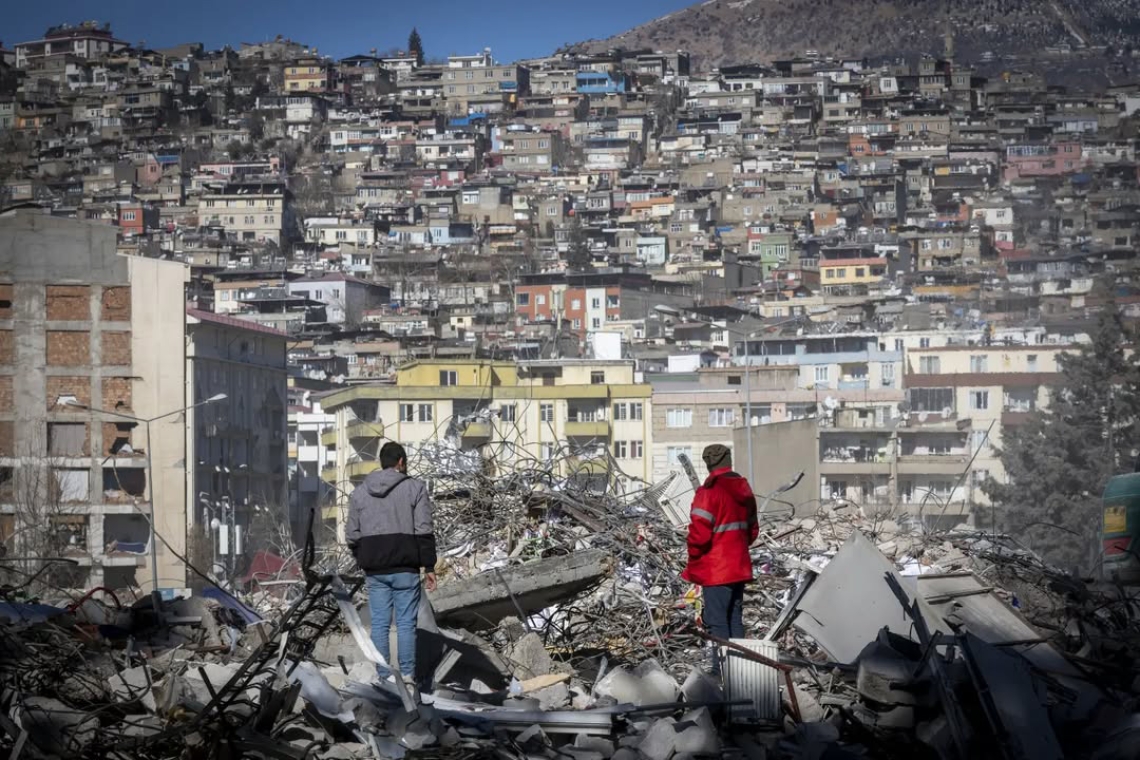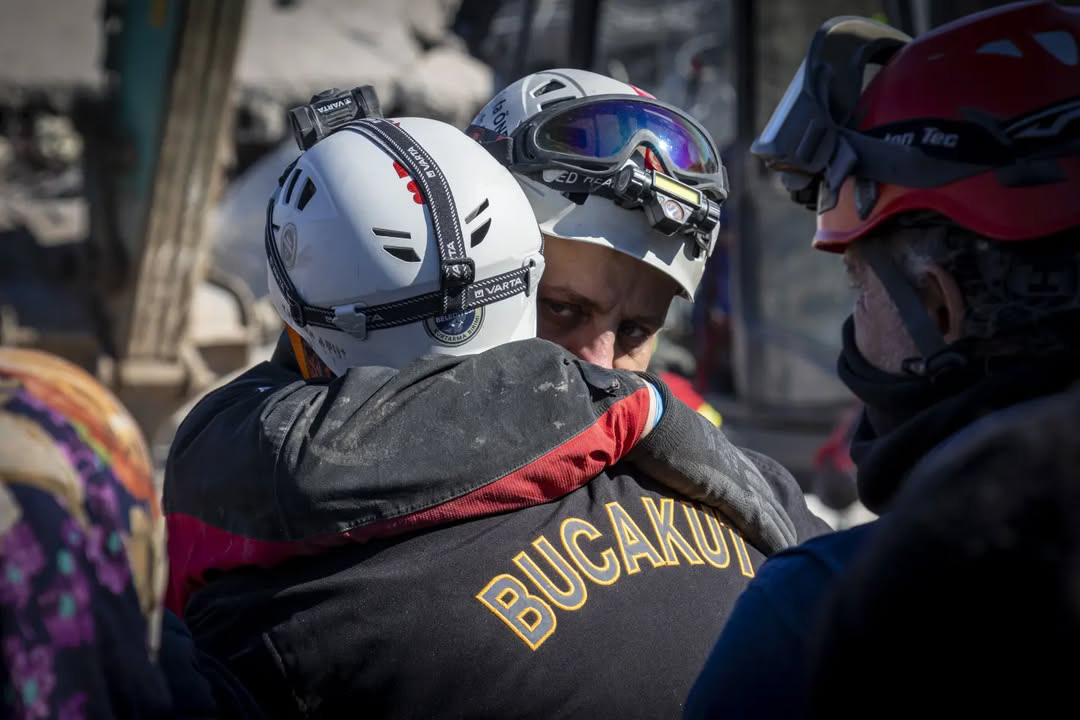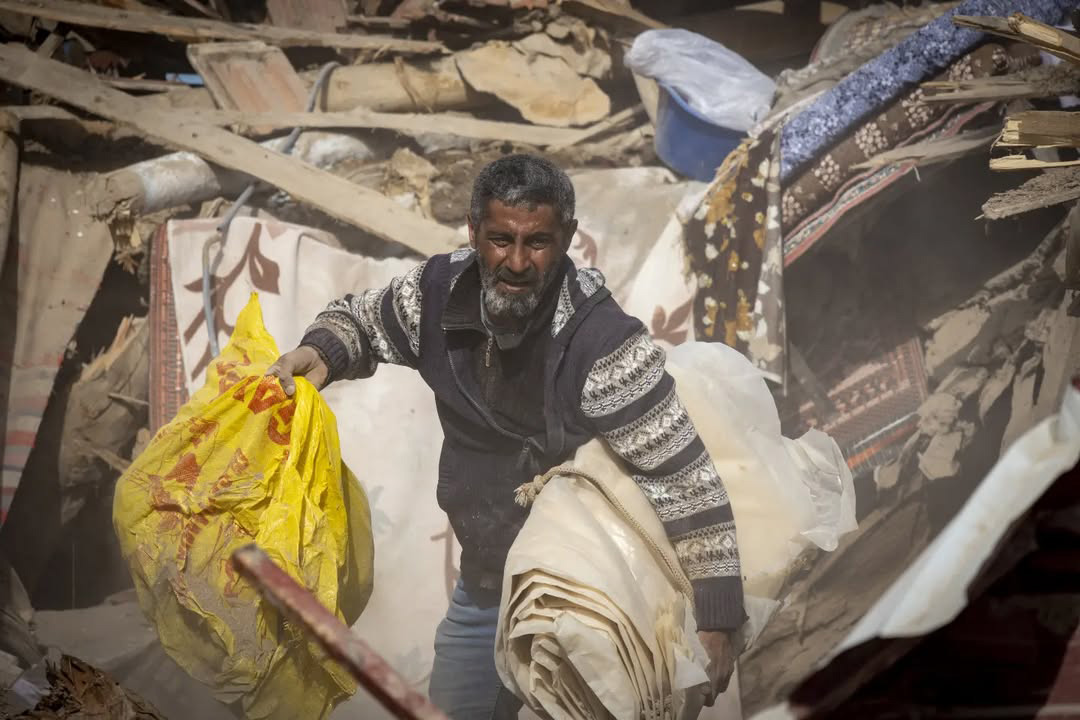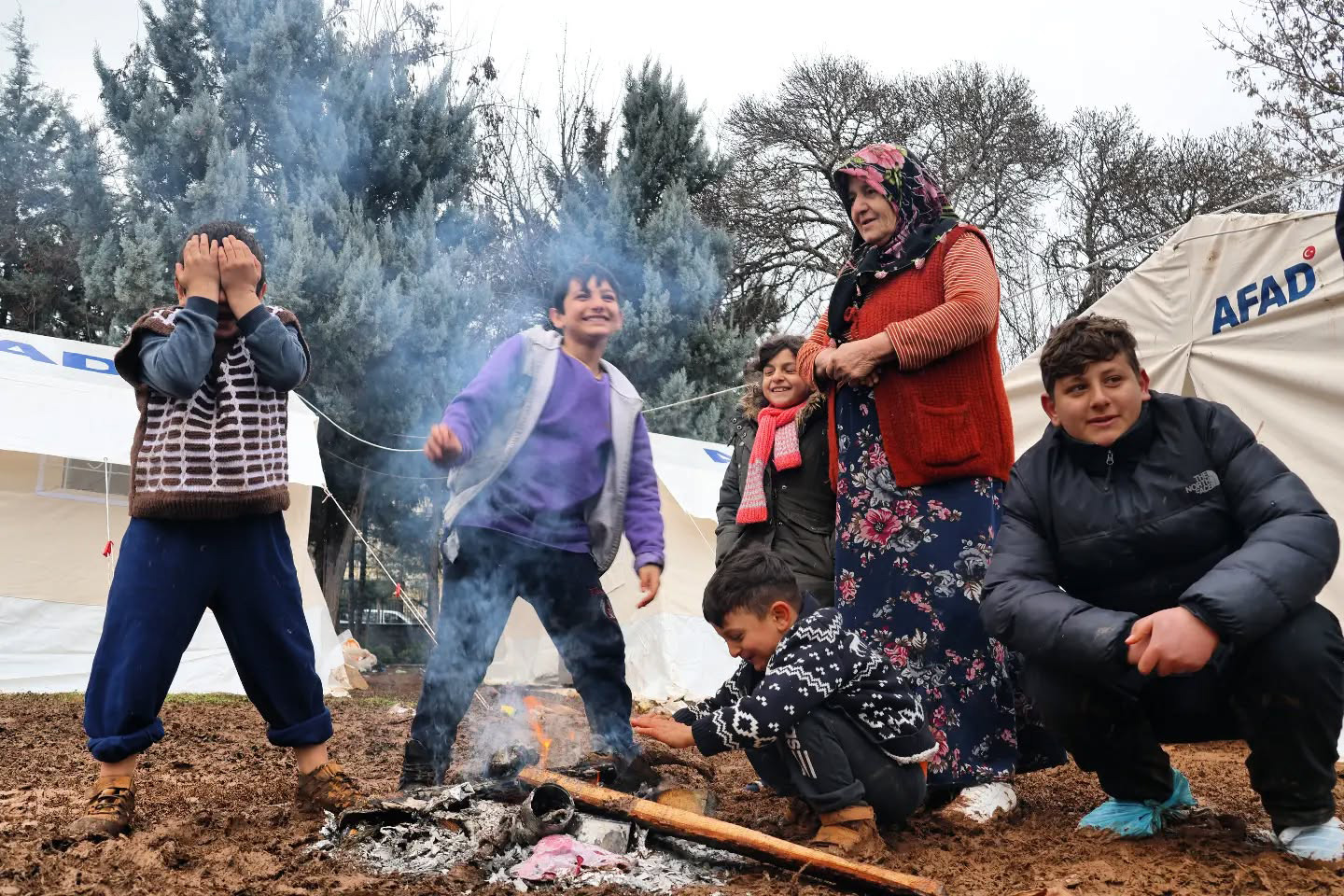Journalist Ardıl Batmaz, based in Diyarbakır during the February 6 earthquakes, offers a dual perspective as both a survivor and a reporter. Despite its own losses, Diyarbakır emerged as a hub for relief efforts, leveraging its strong civil society networks to support neighboring regions. Batmaz's account highlights both the initial chaos and the ongoing struggles faced by affected communities and journalists.
Immediate aftermath in Diyarbakır
Batmaz recalls the early hours of the disaster:
“The tremors were unlike anything Diyarbakır had experienced before. Initially, the extent of the destruction was unclear, but by dawn, it became evident. Six buildings collapsed, with 411 fatalities officially recorded. Among them was the Galeria Business Center, a symbolic structure in the city, making its collapse particularly tragic.”
The chaotic rescue efforts in the early days underscored the lack of preparation, with residents often taking matters into their own hands:
“The first hours saw people scrambling to save loved ones from the rubble with no organized support in sight.”
Civil society steps up
Despite the devastation, Diyarbakır’s well-established civil society and professional organizations quickly mobilized:
“The city’s ability to organize during crises shone through. Groups like the Diyarbakır Urban Protection and Solidarity Platform coordinated relief efforts, providing shelter and meals to 72,000 people daily. This model of civic response should be replicated nationwide for future disasters.”
Expanding the scope: Adıyaman, Maraş, and beyond
Traveling to harder-hit regions like Adıyaman, Maraş, and Malatya, Batmaz witnessed staggering destruction and human suffering:
“In Adıyaman, Malatya, and other cities, the sheer number of collapsed buildings meant rubble stretched across every corner. People raced against time to rescue loved ones, but the lack of equipment and personnel often left them helpless. The scale of the humanitarian crisis was immense, exacerbated by harsh winter conditions and shortages of food, water, and shelter.”
Journalists as first responders
The crisis blurred the line between reporting and activism, as journalists often became conduits for aid:
“In every city, survivors who couldn’t reach authorities turned to journalists to relay their pleas for help. We weren’t just observing; we became part of the response. In many instances, we coordinated aid, ensuring that it reached the areas most in need.”
The lack of centralized aid distribution led to stark disparities:
“Some areas faced dire shortages of basic supplies, while others had excess materials going to waste. This forced us to take on roles far beyond our professional scope, acting as de facto coordinators for relief efforts.”
Challenges for journalists
Journalists in Diyarbakır, many of whom were themselves directly affected, faced significant challenges:
- Structural damage: Several journalists lost homes or offices.
- Psychological toll: The emotional burden of covering a catastrophe while experiencing it personally led to burnout.
- Limited support: While some international journalism organizations provided funding and aid, the assistance was minimal and delayed.
Despite this, the local press community in Diyarbakır demonstrated remarkable solidarity:
“Journalists whose offices were damaged received immediate support from colleagues, who shared workspace to ensure reporting could continue.”
Lessons learned
Batmaz emphasizes the need for sustainable and robust support systems for journalists in disaster zones:
“The earthquake showed the vital role journalists play in emergencies—not just in reporting, but in advocacy and coordination. National and international journalism organizations must provide more comprehensive and timely support to ensure journalists can continue their work without compromising their well-being.”
The experiences of Diyarbakır, both as a survivor city and a center of aid, underscore the resilience of its people and the importance of community-driven responses in the face of disaster.






